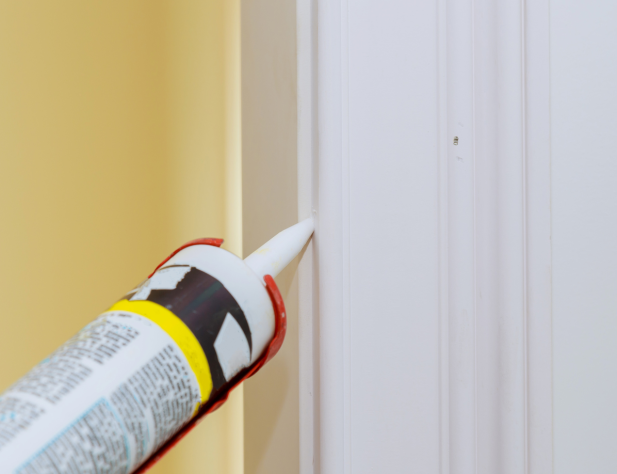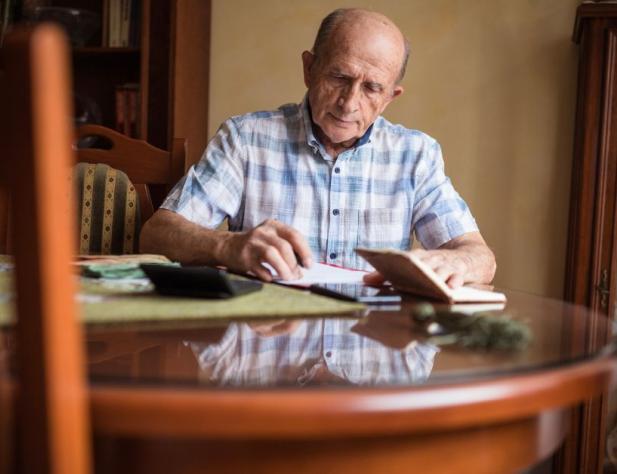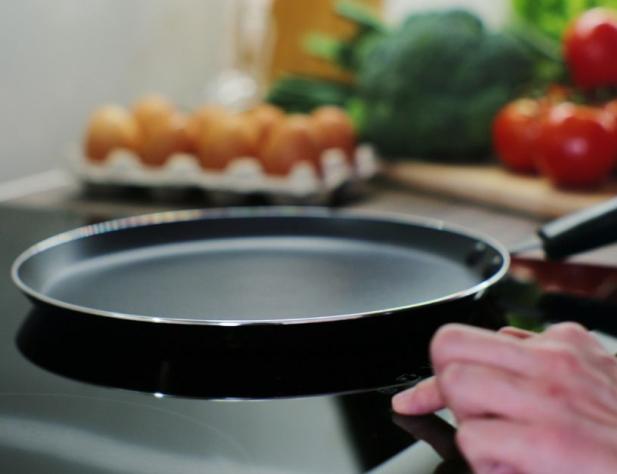How does Energy Consumers Australia support me as a consumer?
We exist to promote the long-term interests of people who use energy (that’s you!) to the people who make decisions about energy in government and industry.
We find out what your needs are through surveys, focus groups, and interviews – and we research existing and new solutions to the problems we hear about. Then we tell decision-makers what you have said and the solutions we’ve found that could help you in the current and future energy system. We also work with a lot of other organisations you may have heard of to help make sure that your voice is as loud as possible and cannot be ignored.
This part of our website has information for you about where to go for help and how to save money on your energy bills, and explanations about energy matters.
Getting a better deal on your energy is in your hands
When was the last time you had a look to see if you're on the best energy plan? We recommend that you take a look at least once every year.
We've put together five tips to help you make sure you're on the best energy plan for your circumstances.
5 tips to save on your energy bill
Are you having trouble paying your energy bill? Our top 5 tips can help you pay less ⚡⚡⚡
Get help to pay your energy bills
If you're finding it hard to pay your energy bills, it's your right to ask for help. There are lots of support options available to you.
I'm having trouble paying my bill, what can you do to help?
I can't pay what you're asking me to, can you put me on your hardship program?
Am I eligible for any Government concessions?
Understand industry jargon
The energy industry uses a lot of weird words and phrases. Here’s what some of the most common ones actually mean.
Subscribe to our newsletter
Join our community to access analysis on energy events, be the first to see our latest market research, receive invitations to stakeholder events, and help advance consumer needs.


